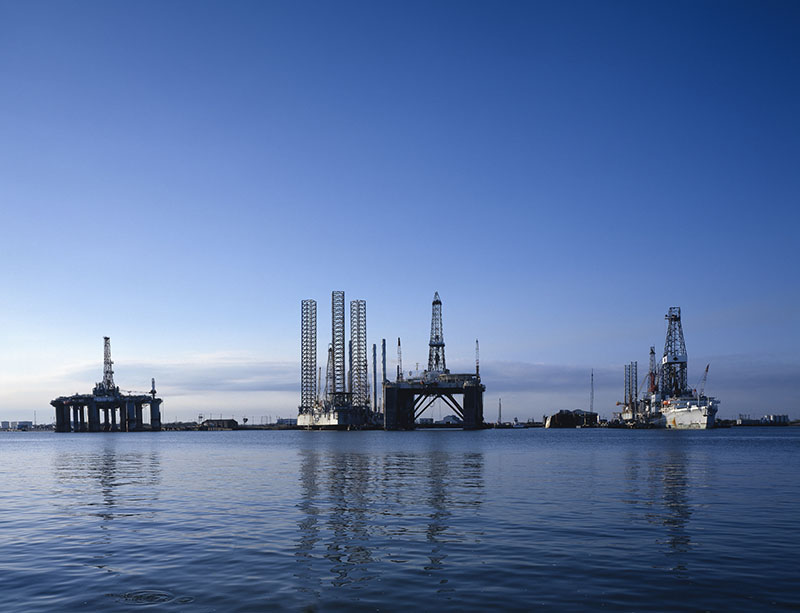OPEC has spoken. It sees the global oil market rebalancing, but it will take longer than they originally anticipated when they agreed last November to cut 1.2 million bpd from the organization’s combined production. The agreement was to run for the first six months of 2017. After four months, the cut has not had the desired impact — lowering global oil inventories — as quickly as projected. As a result, oil prices have not recovered as much as OPEC expected. As a result, Saudi Arabia and the leading non-OPEC producer outside of the United States, Russia, have agreed to support of a further nine-month production cut to run through the first quarter of 2018.
Wall Street loved OPEC’s move as it confirmed analysts’ models that show global oil inventories falling to the five-year average by late 2017 or early 2018. That should lift global oil prices toward OPEC’s target of $60 a barrel, sufficient to help all the exporters supporting the supply cut. Of course, the higher oil price also boosts the profit potential for American and other oil producers. For OPEC and its non-OPEC supporters, the risk is that higher oil prices drive a significant increase in U.S. shale oil output, diluting the organized production reduction.
For the offshore market, the prospect of higher oil prices in the future is coming just as we are gaining an understanding of how oil producers have reduced their well breakeven costs to levels matching current oil prices. Well costs are reportedly down 20% to 30% from two years ago, and now in the range of current global oil prices. As a result, operators are beginning to resurrect offshore projects.
Offshore drilling companies are reporting an increase in contract tenders and customer inquiries during the first quarter of 2017. Many of those positive market observations were made during company earnings conference calls with investors within the past few weeks. An uptick in drilling rig retirements is a potentially significant development that is currently flying below the radar screen. Fewer available rigs will shrink available supply and help speed the industry recovery by helping increase the pace of increase in drilling rig contract rates.
Why would companies retire rigs without making a formal announcement? At the present time, there is a global supply of floating drilling rigs totaling 280 with 135 of them contracted, or about a 48% utilization rate. If the industry has secretly retired 10%, or possibly 20%, of the global supply, fleet utilization rates jump to 54% or 60%. When customers begin to realize their choices of rigs to drill new wells has shrunk, day rates, which are currently at about cash breakeven levels, will move higher, and possibly at a faster than expected pace.
Remember, when industry inflection points are reached, panics can develop. It happens for customers when the rig market tightens, and for rig owners when demand falls. We are approaching a customer inflection point, and the OPEC decision may give them increased confidence that oil prices will be higher in the future. That is much more important than how high the oil price goes. Buckle up!




